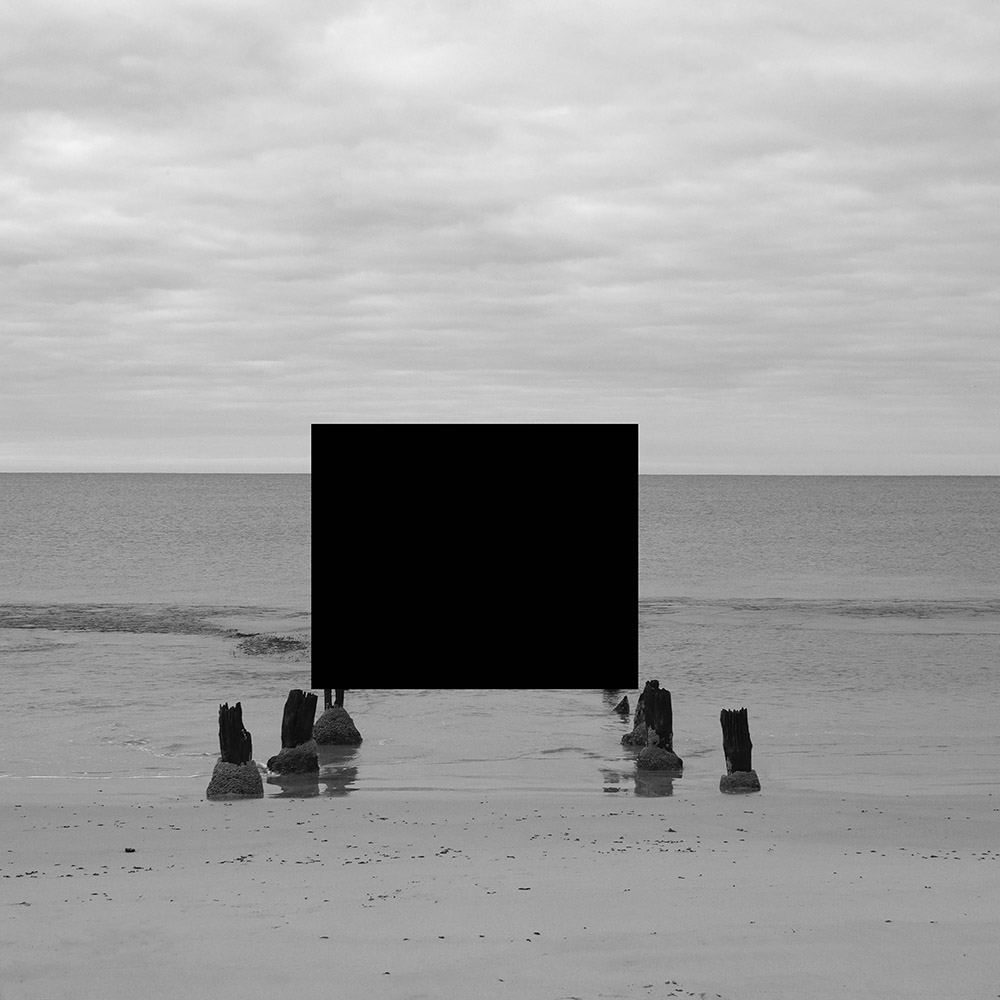
James Tylor, (Removed) From an Untouched Landscape 6, 2018, Inkjet print on Hahnemuhle paper with hole removed to a black velvet void, 19.5 X 10.5 in (50 x 50 cm) © The Artist
The removal of Aboriginal cultures due to colonisation has left the appearance that Australia was ‘Untouched’ before European arrival.
—JAMES TYLOR
In his artistic practice, James Tylor highlights under-told and often unseen histories of Aboriginal peoples. The landmass now known as Australia has been known by many names to many distinct peoples. Reflecting this, Tylor takes an expansive approach to landscape, incorporating his Kaurna knowledge into its presentation, and to the photographic medium, through use of technologies old and new. In Tylor’s hands, photography, once used to survey Aboriginal lands and peoples, becomes a way to indigenize landscapes.
From an Untouched Landscape is an Indigenous exploration of place, reframing landscape on and near the Kaurna Yarta Nation’s traditional homelands, where Tylor’s Kaurna Miyurna people have traced their roots since the beginning of time. The exhibition includes three photographic series, We Call This Place… Kaurna Yarta (2020), (Removed Scenes) From an Untouched Landscape (2018), and (Vanished Scenes) From an Untouched Landscape (2018), as well as objects from (Deleted Scenes) From an Untouched Landscape (2019). We Call This Place… Kaurna Yarta inserts Kaurna Miyurna place names, etched on sweeping daguerreotype views of coasts and hills. The continuing series From an Untouched Landscape focuses on significant sites for Aboriginal peoples and sites of colonial encounters and violence. Removed Scenes and Vanished Scenes show these sites only partially, with black velvet shapes blocking the full view. To further contextualize these works, Tylor has sculpted wooden Kaurna objects, such as shields and spears, and colonial-era tools, such as guns and harpoons which, like the camera itself, contributed to the project of colonization.
This is the first solo exhibition of Tylor’s work in the United States, and it has been curated by Marina Tyquiengco (CHamoru), Assistant Curator of Native American Art at the Museum of Fine Arts, Boston. It is on view at the George Eastman Museum January 15 – June 5, 2022, and then will be on view at Kluge-Ruhe from July 1, 2022 – June 23, 2023.
This exhibition has been sponsored by Australia Council for the Arts, the Embassy of Australia, Washington, DC, and the Honorable Nick Greiner, Australian Consul-General, New York.
SOURCE: Kluge Ruhe Aboriginal Art Collection of the University of Virginia, USA.